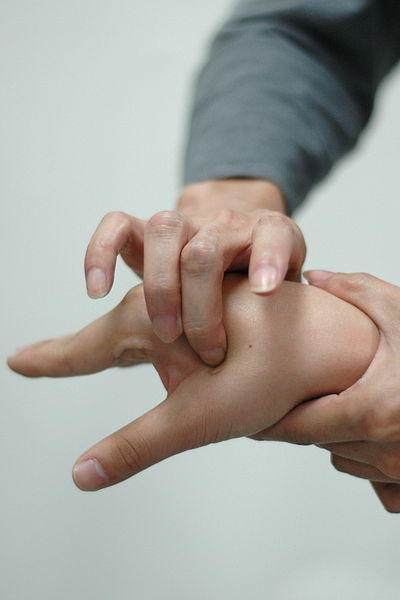Visitors have accessed this post 157 times.
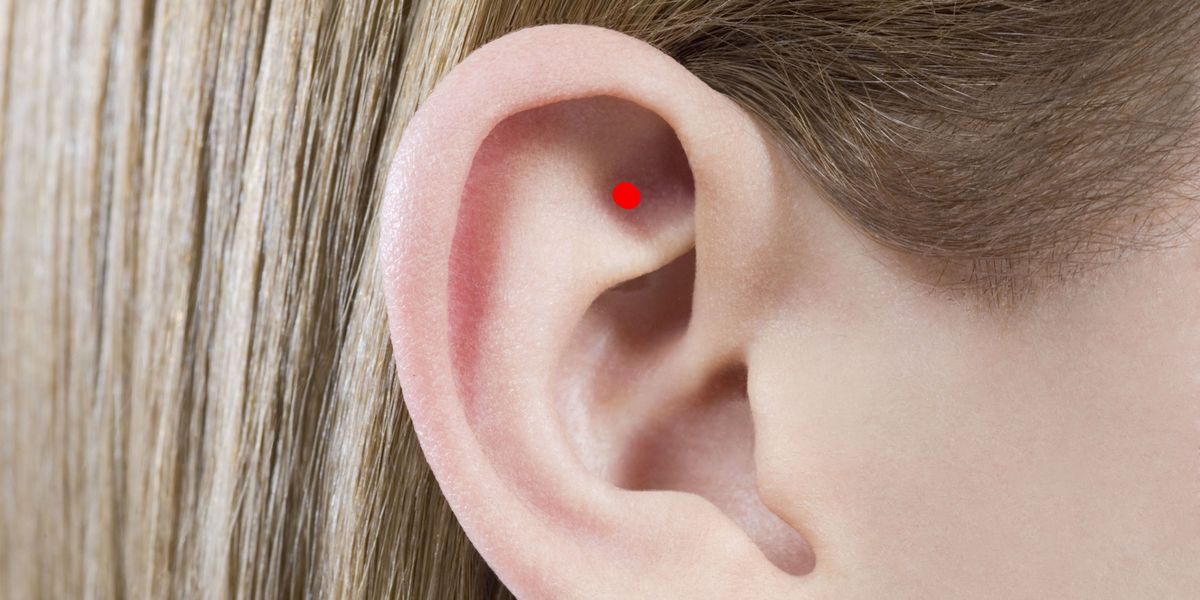
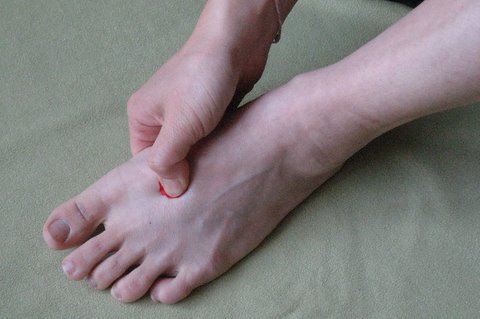
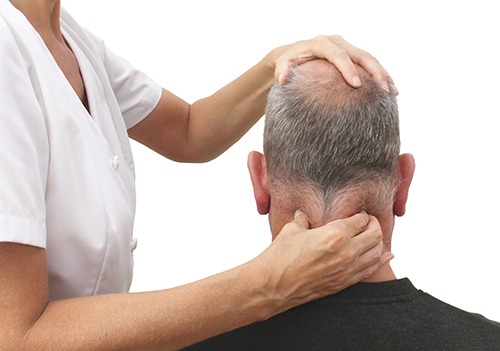
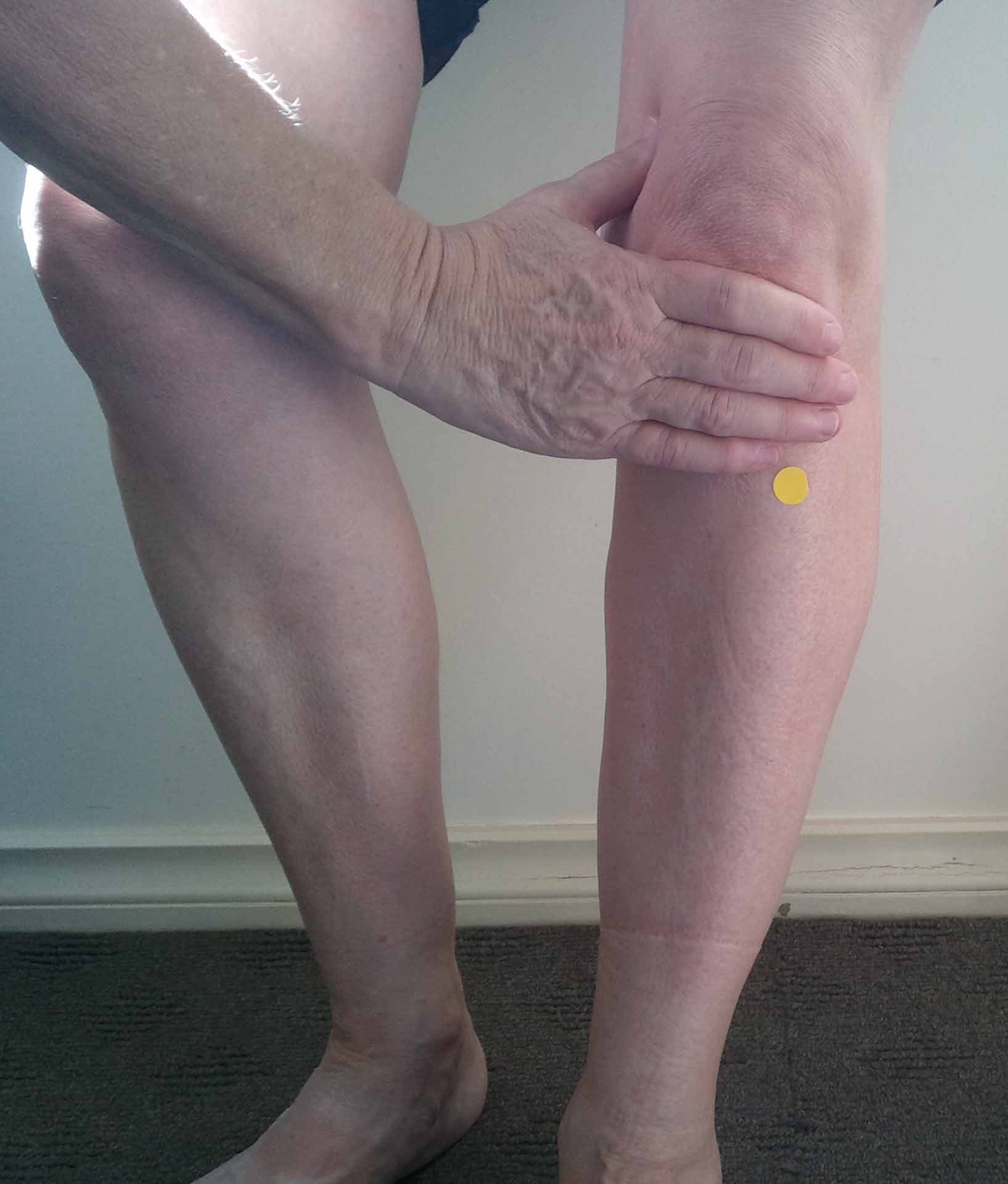 Acupressure is based on the theory that the body has energy pathways called meridians, which can become blocked or imbalanced, leading to pain and illness. By applying pressure to specific points along these meridians, acupressure practitioners aim to stimulate the body’s natural healing processes and restore balance. This practice is rooted in traditional Chinese medicine and has been used for thousands of years to treat a wide range of conditions, from headaches and back pain to digestive issues and anxiety.
Acupressure is based on the theory that the body has energy pathways called meridians, which can become blocked or imbalanced, leading to pain and illness. By applying pressure to specific points along these meridians, acupressure practitioners aim to stimulate the body’s natural healing processes and restore balance. This practice is rooted in traditional Chinese medicine and has been used for thousands of years to treat a wide range of conditions, from headaches and back pain to digestive issues and anxiety.
Acupressure is an ancient Chinese healing technique that involves applying pressure to specific points on the body to relieve pain and promote healing. This technique has been used for thousands of years to treat a variety of conditions, including headaches, back pain, and anxiety. In this article, we will discuss some of the most common acupressure points for pain relief on the human body.
1. LI4 (Hegu)
LI4, also known as Hegu, is located on the fleshy part between the thumb and index finger. This point is commonly used to relieve headaches, toothaches, and neck pain. To stimulate this point, apply firm pressure with your thumb and hold for 30 seconds to 1 minute.
2. GB20 (Fengchi)
GB20, also known as Fengchi, is located at the base of the skull, on either side of the spine. This point is commonly used to relieve headaches, neck pain, and dizziness. To stimulate this point, apply firm pressure with your fingers and hold for 30 seconds to 1 minute.
3. LV3 (Taichong)
LV3, also known as Taichong, is located on the top of the foot, between the big toe and second toe. This point is commonly used to relieve headaches, menstrual cramps, and lower back pain. To stimulate this point, apply firm pressure with your fingers and hold for 30 seconds to 1 minute.
4. ST36 (Zusanli)
ST36, also known as Zusanli, is located on the lower leg, about 4 finger widths below the knee cap. This point is commonly used to relieve digestive issues, fatigue, and knee pain. To stimulate this point, apply firm pressure with your fingers and hold for 30 seconds to 1 minute.
5. CV6 (Qihai)
CV6, also known as Qihai, is located on the lower abdomen, about 2 finger widths below the belly button. This point is commonly used to relieve menstrual cramps, digestive issues, and lower back pain. To stimulate this point, apply firm pressure with your fingers and hold for 30 seconds to 1 minute.
6. LI11 (Quchi)
LI11, also known as Quchi, is located on the outer part of the elbow crease. This point is commonly used to relieve headaches, tennis elbow, and digestive issues. To stimulate this point, apply firm pressure with your fingers and hold for 30 seconds to 1 minute.
7. GB34 (Yanglingquan)
GB34, also known as Yanglingquan, is located on the outer part of the lower leg, about 2 finger widths above the ankle bone. This point is commonly used to relieve knee pain, ankle pain, and digestive issues. To stimulate this point, apply firm pressure with your fingers and hold for 30 seconds to 1 minute.
8. BL60 (Kunlun)
BL60, also known as Kunlun, is located on the outer part of the ankle, in the depression between the ankle bone and Achilles tendon. This point is commonly used to relieve ankle pain, heel pain, and lower back pain. To stimulate this point, apply firm pressure with your fingers and hold for 30 seconds to 1 minute.
9. HT7 (Shenmen)
HT7, also known as Shenmen, is located on the inner wrist, in the depression between the two tendons. This point is commonly used to relieve anxiety, insomnia, and palpitations. To stimulate this point, apply firm pressure with your fingers and hold for 30 seconds to 1 minute.
10. GV20 (Baihui)
GV20, also known as Baihui, is located on the top of the head, in the center of the scalp. This point is commonly used to relieve headaches, dizziness, and anxiety. To stimulate this point, apply firm pressure with your fingers and hold for 30 seconds to 1 minute.
In conclusion, acupressure is a safe and effective technique for pain relief and healing. By stimulating specific points on the body, you can relieve pain, reduce stress, and promote overall health and wellbeing. If you are experiencing chronic pain or other health issues, consider trying acupressure as a natural and holistic treatment option.
Side effects of acupressure treatment as a whole.
Acupressure is generally considered safe when performed by a trained and experienced practitioner. However, there are some potential side effects to be aware of, including:
1. Pain or discomfort: Acupressure can sometimes cause temporary pain or discomfort at the pressure point.
2. Bruising or soreness: Applying too much pressure or using the wrong technique can cause bruising or soreness at the pressure point.
3. Dizziness or nausea: In rare cases, acupressure can cause dizziness or nausea, especially if pressure is applied to certain points on the head or neck.
4. Infection: If the skin is broken or punctured during acupressure, there is a risk of infection.
5. Interference with medications: Acupressure may interact with certain medications, so it is important to inform your healthcare provider if you are receiving any treatment.
It is important to consult with a healthcare provider before trying acupressure, especially if you have any underlying health conditions or are pregnant.
